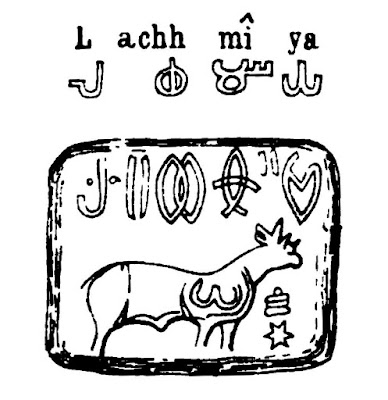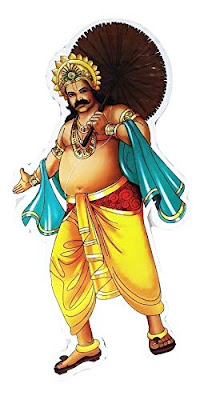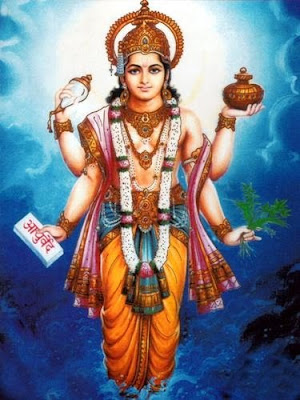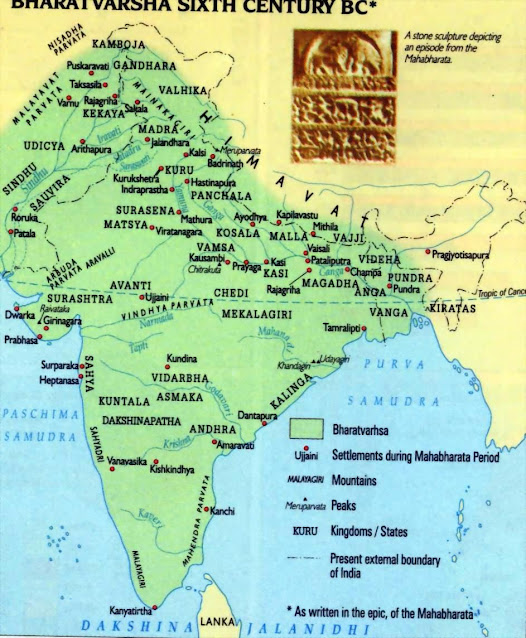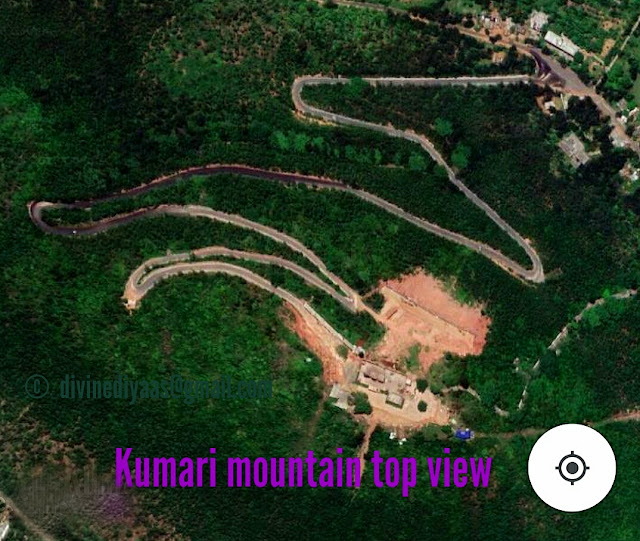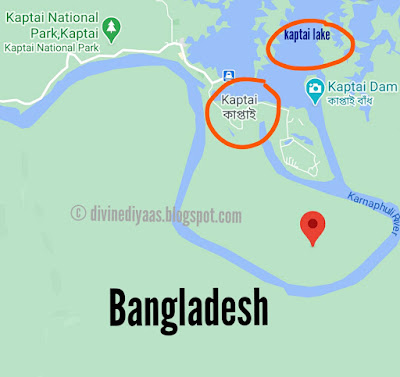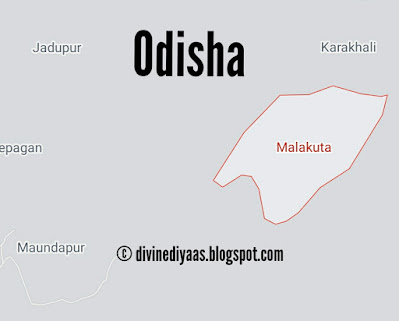Lost History of Ancient Tamils / Tamizhs - Pre Indus Valley Civilization by Pandya Kings
https://divinediyaas.blogspot.com/2020/11/kumari-kandam-part-4-expansion-towards.html
Early Pandya kings of Kumari Kandam expanded their kingdom towards Western side of India through Gujarat, Rajasthan and reached Indus Valley / Sindhu River, they have also travelled via Arabian sea and reached Iran, Turkey. There are many places in Gujarat and Rajasthan named in tamil. Pandya kings have also ruled the western side of Akand Bharat (Present Pakistan, Afghanistan, Uzbekistan) during 9000 BCE.
Before the destruction of First Tamizh Sangam at Kumari Kandam, Pandyas established their kingdom near Sindhu River and Western Coastal areas for trading. When the Kumari Kandam land was submerged, People were migrated and settled in different directions, some of them reached South of Tamizhakam (Kerala and Tamil Nadu), some have travelled East (Odisha, Bangladesh, Indonesia) and some have travelled towards West and reached Rajasthan, Sindhu port and Gulf countries. Tamizhians have spread from Lothal to Sindhu River.
Currently, Indus Valley Civilization was dated as 2500 BCE, But pre - historic Indus valley civilization belongs to proto-dravidians (i.e) Tamizh people of Pandya kings during 9000 BCE.
Indus Valley Civilization is considered as one of the most ancient civilization in the World. But, Kumari Kandam was the FIRST and Most ancient Civilization in the World. People who settled near Sindhu / Indus river were originally from Kumari Kandam. Pandyas were the FIRST SEA EXPLORERS and they had Strong naval team for defense, exploration and trading. They were the King of trades across the ocean and held most strong, busiest and important ports in the World. In the Western belt of India, Pandyas had 4 major trading ports.
There are many places in Pakistan and Afghanistan named in Tamizh, especially places near Indus River. Tamizh people were believed to be the first one lived in Indus Valley, Mohenja Daro, Harappa, Lothal, Rakhigarhi, Dholavira, Chanhu Daro, Bhagatrav and Mehrgarh, the ancient site at Pakistan. There are some places near Luni River in Rajasthan which were named after Tamizh kings and places.
Indus Valley Civilization is also known as 'Harappan civilization'. In this modern world, it is one of the most fascinating and mysterious civilization in ancient history. As mentioned by Scholars and Researchers, People in Harappa Civilization were literate , civilized, used advanced technologies. They spoke proto-dravidian language called 'Tamizhi' - Ancient Tamizh language.
 |
| Pasupathi Seal at Indus Vally |
In the above seal of Pasupati, Lord shiva was seated cross legged and wide armed in a Yogic pose called 'Padmasana'. Yoga was founded by Siddhars of Tamizhakam, they have learnt the art of Yoga from Lord Shiva. Siddhars are the ones who attained spiritual consciousness and have magical powers. In Tamil, 'Chitham' means 'Attaining the level of utmost consciousness', also 'Siddhi' means 'Powers', that is why there is term called 'Ashta Siddhi' (8 great magical powers attained through spirituality). Siddhars have founded Sidha Vaidhya (Traditional and oldest medicinal system), Varma Kalai (Traditional self defence), Nadi parthal (Pulse reading to identify diseases) and much more.
 |
| Coins of Early Pandya Kings from Tamil Nadu |
In Silapathikaram (Earliest Tamil epic), there are some lines mentioning about type of boats used in ports. AMBI Boats has been presented as different animal faced boats.
பரிமுக அம்பியும் கரிமுக அம்பியும்
அரிமுக அம்பியும் அருந்துறை யியக்கும்
Elephant faced and Lion faced Ambis are operated were admired.
Bull faced Boat (AAMUKA AMBI) made of clay. As mentioned in Silapathikaram, there are animal faced boats used in the ports. Here, Bull shaped boat is proving that Pre Indus Valley Civilization was ruled not only by Tamizhians, it was ruled by Tamizh Pandya Kings.
By Culture
In 2006, there was a hand-axe discovered with Indus like scripts on it. It was discovered in a village called as Sembiyan Kandiyur in Tamil Nadu and is dated to about 2000–1500 BCE. There is place in Pakistan in Similar name, 'Kandiaro', which is near the site of Indus Valley Civilization.
Ancient Sites at Indus Valley:
Mehrgarh is one of the ancient site in Pakistan, it was also called as 'Pantinadu' (Pandi Nadu) during ancient times. This site is situated near place called Sibi. 'Sangan' village falls under Sibi district of Pakistan, Shewan in Pakistan is earlier known as 'Sibistan', named after King Sibi / Sembiyan, a Chola King. Pandi Nadu is renamed as Sibi - means a Pandya's Kingdom was captured by Chola King.
Mehrgarh which is near to Sibi was also under the control of King Sibi. Historical evidences suggests that Mehrgarh were civilized 3000 years before Indus valley civilization, which is dated as 7000 BCE. Mehrgarh was one of the advanced civilization than Turkey and Egypt. Mehrgarh lies on the Kacchi plains of Balochistan, Pakistan, where the ethnic Brahui people lives.
Mehrgarh is supposedly the most sophisticated, well developed, ingenuous and best planned ancient place of ancient India. Mehrgarh was far advanced than history of Egypt and Turkey during 9000 BCE. Sangam literature (10000 BC) throws light on its influence on history.
There are mud brick houses and also granaries have been found. This is also closely related to Tamil culture according to ancient sangam literature (10000 BC).They also had cattle comprising of goats and sheep. They also had the techniques for fishing. Tamils were also good at these things according to Ancient Sangam Literature (10000 BC).
 |
| Mehrgarh |
By Language
Brahui - a proto Dravidian language spoken by Brahui people living in Balochistan. The earliest people living in Baloch were the Brahui people, a Dravidian speaking people. They are closely related to Tamil people of south India. This proves that Tamizh people are the ancestors to Brahui people of Balochistan and Tamizh people did migrated from south to north western parts of Bharat.
In Brahui language - Uru and Arisi means village and rice respectively, which are the same names used in Tamizh.
You – Ne (Brahui), Ne (Tamil)
Come – Baa (Brahui), Vaa (Tamil)
Snore – Khurkao (Brahui), Khuratai (Tamil)
Eye – Xan (Brahui), Kan (Tamil)
Stone – Xal (Brahui), Kal (Tamil)
Milk – Pal (Brahui), Pal (Tamil)
News – Haval (Brahui), Thahaval (Tamil)
The name Karachi, is also derived from the Tamizh Word 'Karai', which means shore / land. It is still in use in Tamil Nadu, example 'Neelankarai'- meaning Blue shore, Amaindhakarai (Aminjikarai) at Chennai, Tamil Nadu.
Places in Pakistan
This terracotta Zebu bull shaped drinking vessel was taken from Nindowari site, this site is the important settlement of Kulli culture people. Why everything has to be represented in Bull ? Seals, Pottery, Terracotta ware, Paintings and much more where Bull image was dominated,Why ??? Because, that's the emblem of Pandya Kings and that's the proof for their settlement over the places they ruled.
Kokarai - in Tamil, karai means shore / land. Ko - has many meanings such as King, God, joining, tall / height. Here, it means landscape on a tall place.
Mt Kharchanai - in Tamil, Kharchanai means roaring. Kharchanai is a proper tamizh word.

Edited: March 18 2021: The recent discovery of similar Indus Valley seals in Uthirakosamangai of Tamil nadu, confirms it's connection with tamizhakam and Pandya Kings.
Thus, Pre historic Sindhu civilization was ruled by Early Pandya Kings and they have expanded their Kingdom from there. Another set of Pandya Kings expanded their kingdom in the Eastern side till Australia. Sumerian, Arabic, Mayan, Meso, Persian, Turkish etc are strongly believed from Tamil. Sumerians are believed to have similarity in the language script and certain culture, enabling Tamil to be dated to 40,000 BC.
Tamizh are believed to be first one lived in Indus-Valley, Mohenjo Daro, Harappa and Mehrgarh. Tamil is the first ever language with written & spoken format and its first Language born on Asian continent. Tamizh is the mother of all Dravidian Languages. Its the Second Largest Language Spoken in the world older than 40,000 years.
Tamizh people from Kumari Kandam have expanded their region from Sindhu river and settled in Turkey and Iran as well during the same time of Pre - Indus Valley Civilization. Details regarding this will be covered in the next part.
to be continued..
- Aarthi Thiyagarajan


